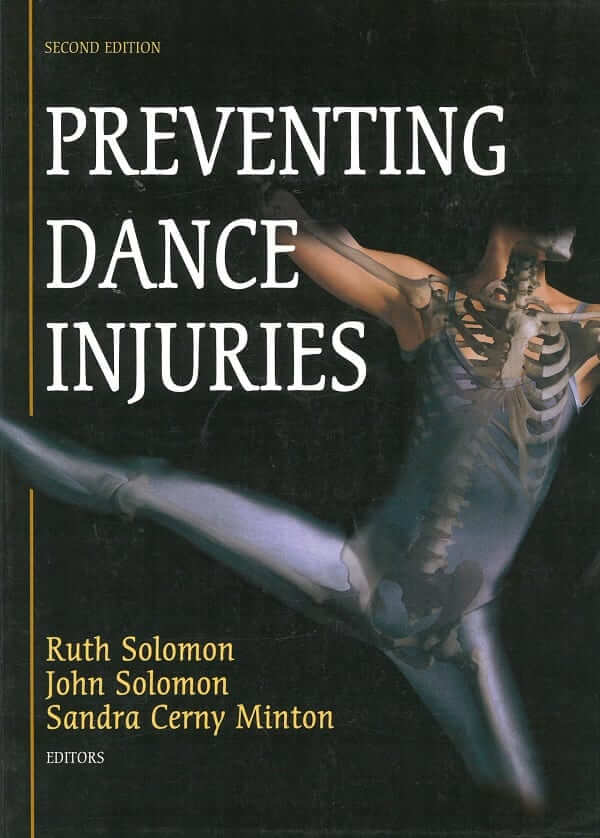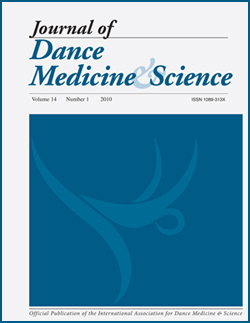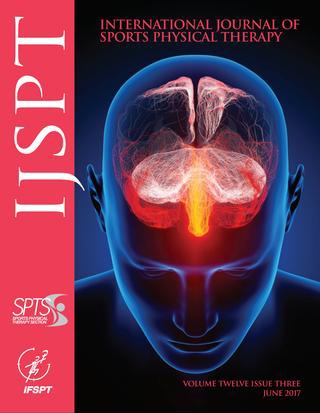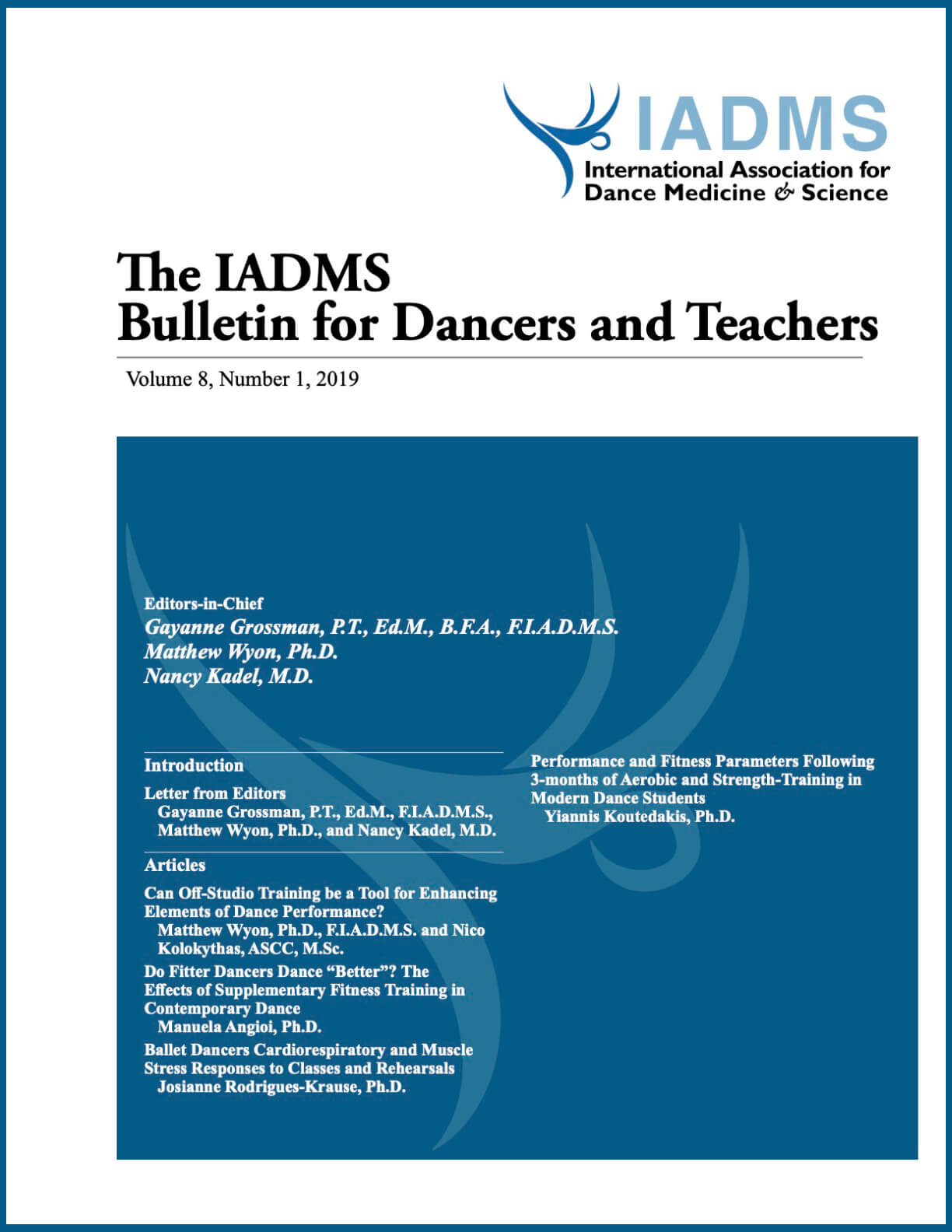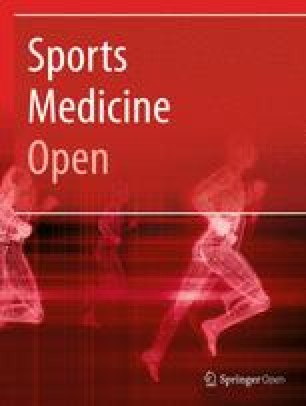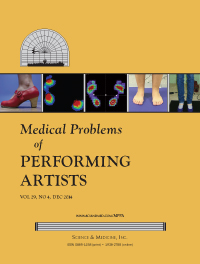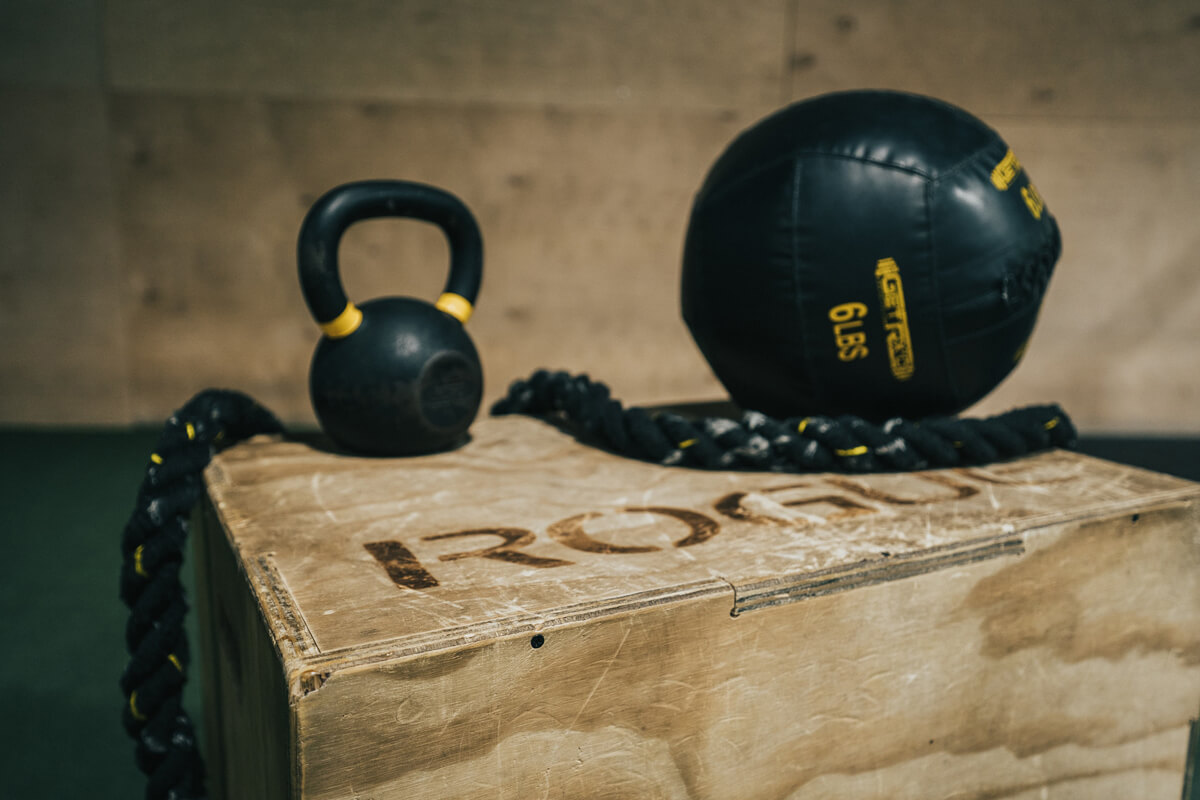DIS-TANZ DIARY #8
SO, WHAT ABOUT SCREENING?
Jan 30, 2021 in DIS-TANZ-SOLO
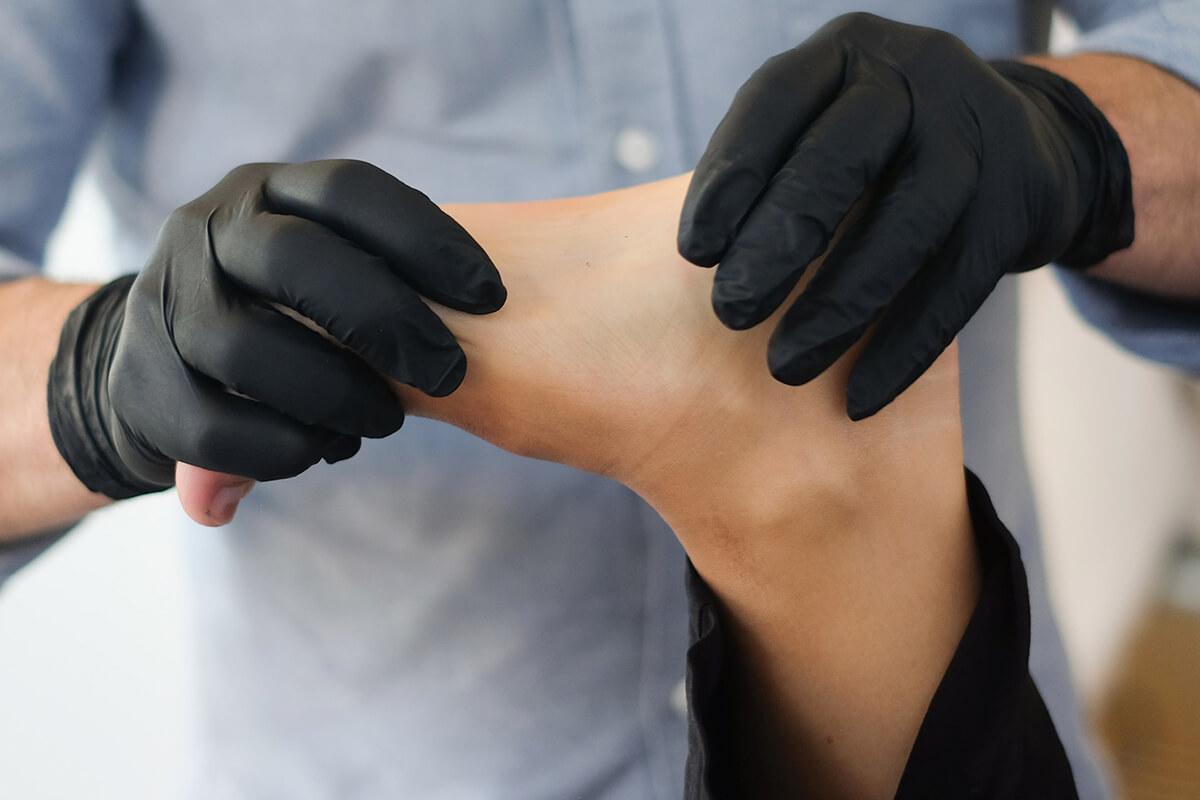
I always disliked the idea of health and fitness screening programs for dancers. It actually seemed that everyone in the dance community disliked that idea. Performing a full motion analysis and physical assessment of a dancer to identify deficits in strength, range of motion, balance and neuromuscular control seemed like a scary thing. Already being subjected to a single test seemed scary and unnecessary. Why would you let yourself be judged solely based on your physical disposition? Wasn’t that an old-fashioned approach? Weren’t artistic abilities much more important?
I must confess that I knew screening only as a synonym for an aptitude test, e.g. for the selection of dancers after an assessment of their physical qualifications at an audition. I was not aware that the term was simply a victim of unclear terminologies. An aptitude test is designed to identify and evaluate performance limitations. A functional screening, on the other hand, is meant to reveal performance resources and thus a person’s potential for development.
I recently read PREVENTING DANCE INJURIES: AN INTERDISCIPLINARY PERSPECTIVE, edited by Ruth Solomon, John Solomon, and Sandra Cerny Minton. When I got to Part III: Prevention, and specifically Chapter 8: Physical Screening of the Dancer: General Methodologies and Procedures by Janice Gudde Plastino it suddenly hit me. Gudde Plastino, who had developed the pre-participation screening program in dance at the University of California, Irvine after seeing all the injured dancers at the University Student Health Service, wrote that she came up with the program “with the hope that dance injuries can be lessened, and student dancers taught more about their own bodies”.
I suddenly came to a realization that is probably very obvious to dance science and dance medicine experts, but possibly less obvious to artists: functional screening can be a useful feedback tool for self-management and learning; a tool with the potential to optimize performance, reduce injuries and positively impact career longevity.
If I would have learned more about my own body and my specific strengths and weaknesses from a scientific / medical point of view while studying, I could have avoided a lot of struggle and reached a higher performance level much earlier in my career. I spent quite some years trying to shape my body and my dancing according to expectations imposed by teachers, choreographers, and the dance community as a whole. Only through years of experience and a few odd injuries did I learn how to utilize the potential of my body in a way that truly serves my artistry.
It’s no doubt that mastery only comes with practice and experience, there’s no shortcut. But a dancer’s career is still a short one, so if there’s a way to support young performers in their artistic development, then I definitely think it’s a way worth exploring. After all, the more information you are able to work with, the better choices you can make.
